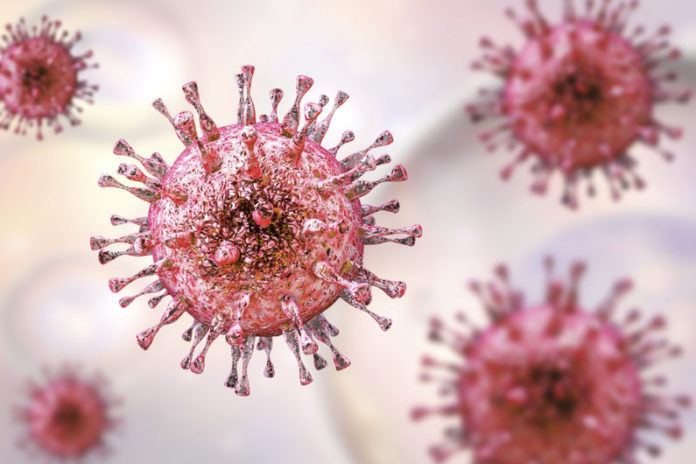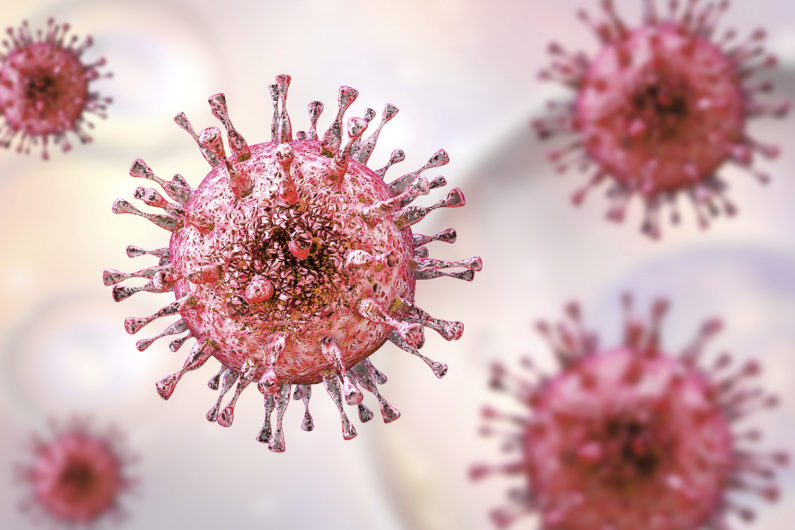
That’s the million dollar question hoping to be answered in the near future thanks to a newly formed team of Stanford researchers.
While organ transplants no doubt save a huge number of lives each year, the drugs needed to help the recipient recover leave them susceptible to possible deadly infections such as cytomegalovirus or CMV. With the help of four budding researchers, we may soon know why that only happens to some patients and what we can do to prevent it.
The four main researchers taking part in the study are Olivia Martinez, research professor of surgery; Stephan Busque, a professor of surgery; Mark Davis, a professor of microbiology & immunology, and Marc Lucia, a postdoctoral fellow.

Dr_Microbe/GettyImages
CMV is something most people catch at some point during their lives. Normally it happens as a child and our bodies simply find a way to ward off the virus. Unfortunately, organ donors don’t have the same resilient immune system that children do, thanks to the drugs that protect their newly imported organ. It’s estimated that a third of all kidney transplant patients who suffer from CMV infections either lose the transplant or die.
As of yet, doctors are unable to determine who is most susceptible. If they could, they would be in a much better position to help those who are most at risk. Part of the research will involve the team examining T cells. These are special immune system cells that are usually responsible for warding off CMV infections.
This is where the research differs from all the studies that have been done previously as they all tend to focus on animal models of the disease whereas this study examines the fingerprints of T-cells in humans. “T cells are critically important in the immune control of viral infection,” says Martinez.
The problem is that they’re not always successful, and to find out why the team will have to take a closer look at T cells from both those with CMV activated and those with the virus under control. To help them do this they will employ the use of a single T cell RNA-sequencing. This will give a much clearer picture as to the insides of T cells.
Results from the study will help scientists develop more advanced tools to determine which patients are most at risk from a CMV infection. It will also “be used more broadly for understanding basic characteristics of viral immunity and vaccine design,” says Martinez. The team is hoping to have the results in about one year’s time.
More News to Read
- Engineers Develop New System for Signaling Out Certain Sounds in Music Videos
- Scientists Develop New Technique to Study Antibiotic Resistance
- 5 Ways Artificial Intelligence Can Make the Construction and Engineering Sector More Efficient
- It’s Raining on the Self-Driving Car Parade
- Engineers Use Graphene to Create New Revolutionary Photodetector
